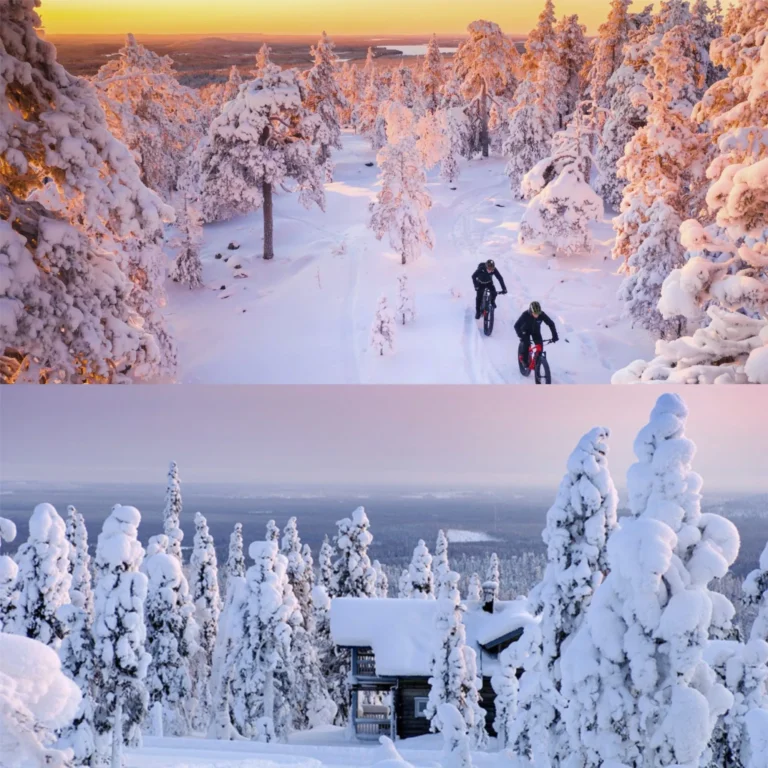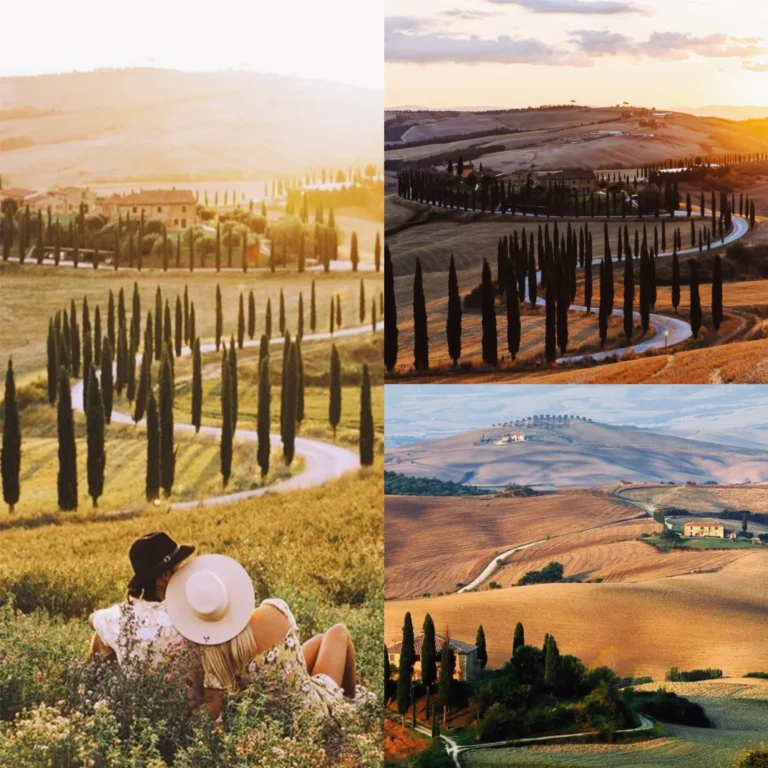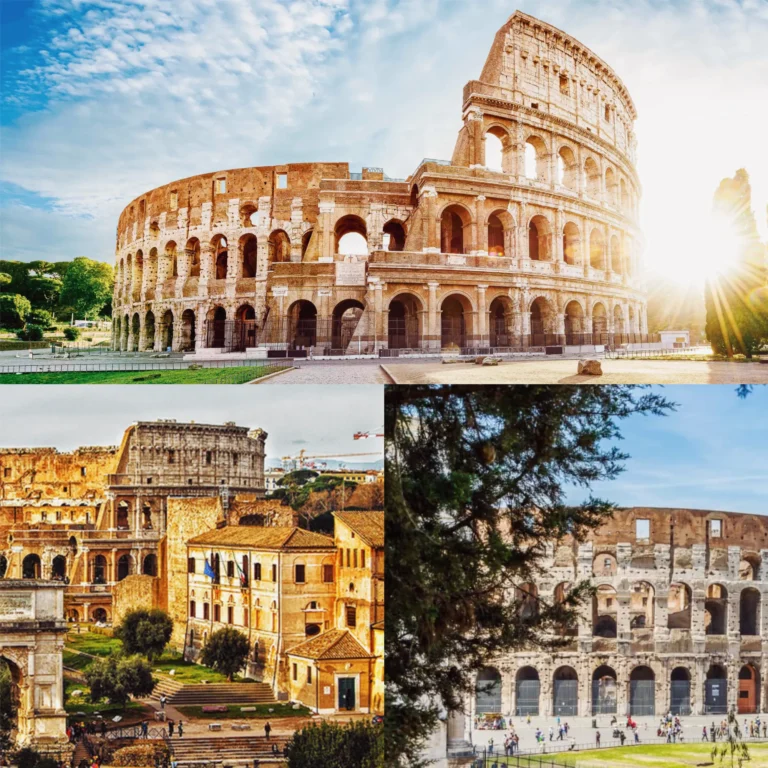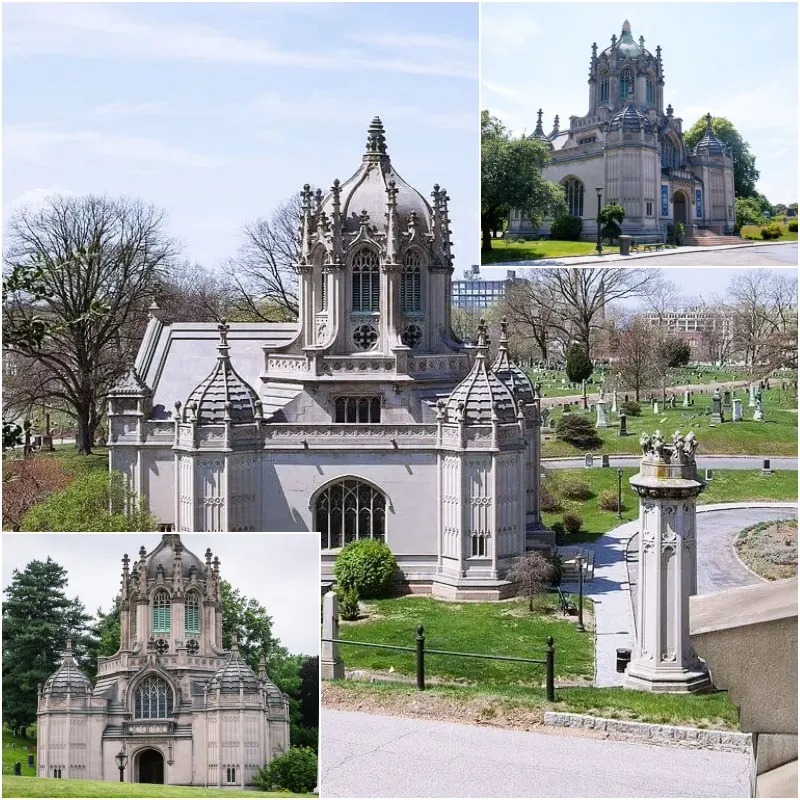
Cemetery for the Wealthy Becomes a Tourist Attraction in the U.S.
In the 19th and early 20th centuries, Green-Wood Cemetery became the final resting place for New York City’s elite, including businessmen, politicians, and many famous artists. Located deep in Brooklyn, Green-Wood is one of the largest and most beautiful cemeteries in the United States.
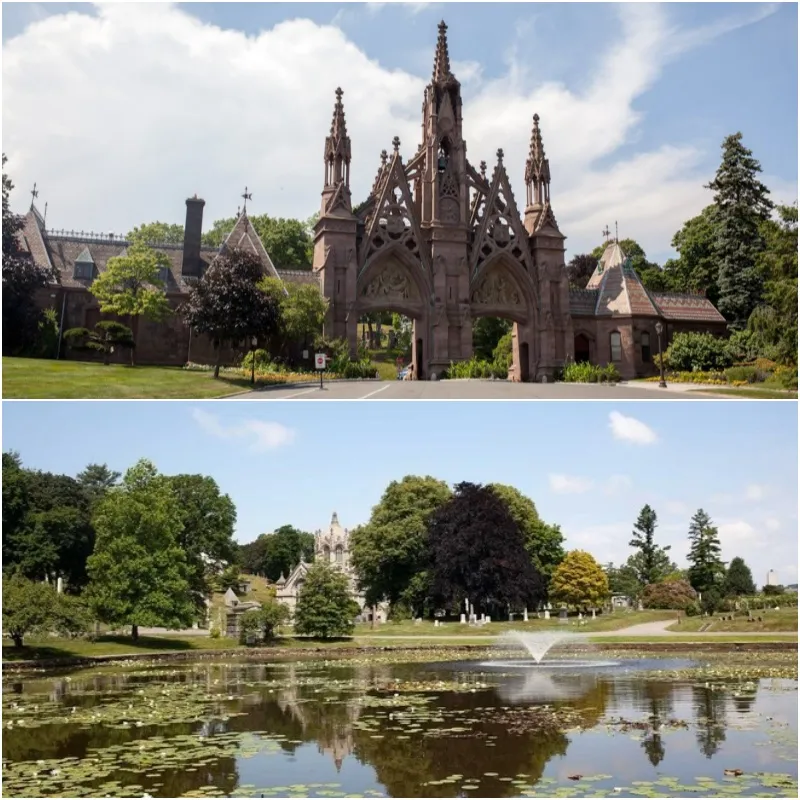
Established in 1838, the cemetery spans 478 acres, featuring rolling hills, valleys, lakes, chapels, and mausoleums. It is part of the rural cemetery movement, which aimed to transform small church graveyards into more park-like spaces. Built on the last glacial moraine from the Ice Age, the cemetery sits atop the ridges that define the landscape of Brooklyn and Queens.
One of the most famous graves here belongs to former New York Governor and U.S. Senator DeWitt Clinton. His body was transferred to Green-Wood shortly after the cemetery’s completion, attracting many visitors and becoming a key factor in the cemetery’s early popularity. In the 1800s, Green-Wood was one of the most visited tourist spots in the U.S.
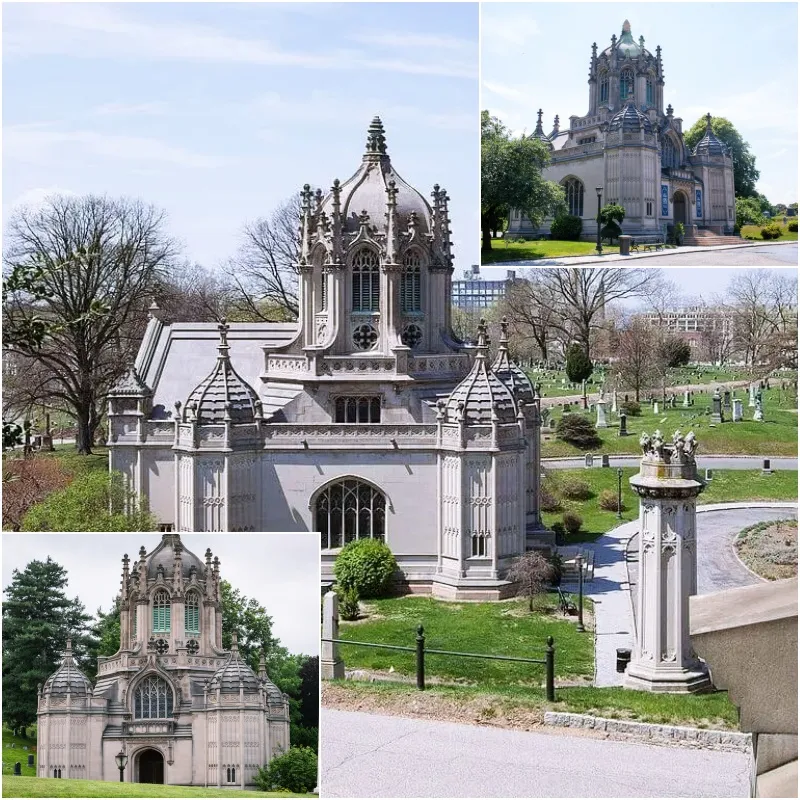
Today, space for new graves is running out, leading the cemetery’s management to focus more on its tourism potential.
Although Green-Wood is open to everyone, only the wealthiest individuals could afford the most luxurious tombstones. Among them is William “Boss” Tweed, a notorious political figure who led New York City in the 1800s. Some tombs resemble royal monuments, such as the grave of composer Albert Ross Parsons, who admired Egyptian culture. His mausoleum is adorned with both Egyptian and Christian symbols.
Green-Wood is also a resting place for many soldiers. The Soldiers’ Monument honors New York residents who died during the Civil War. Standing 11 meters tall, the monument is surrounded by reliefs, sculptures, and granite tiles. It is located at Battle Hill, a critical site during the Battle of Brooklyn, the largest engagement in the American Revolutionary War.
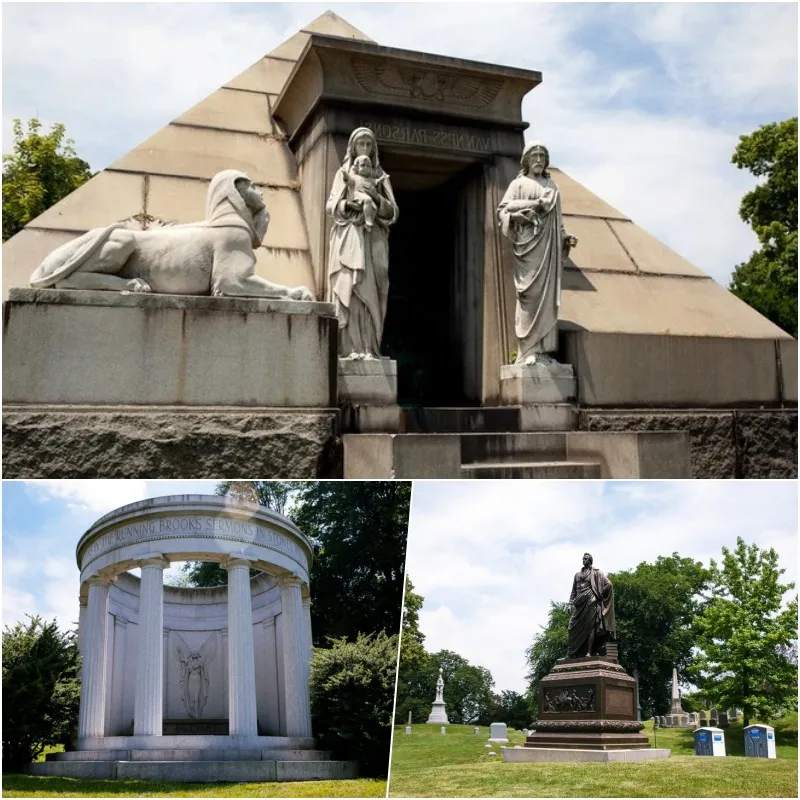
In the late 1800s, Green-Wood offered free burial services for Civil War veterans. Since 2002, a major project has been underway to honor 3,300 veterans buried here, focusing on identifying unmarked graves.
Recently, the cemetery also constructed a memorial for the victims of a 1960 mid-air collision between two passenger planes. The crash claimed 134 lives, and unidentified victims were buried at Green-Wood, adding to the cemetery’s historical significance and drawing visitors from around the world.
